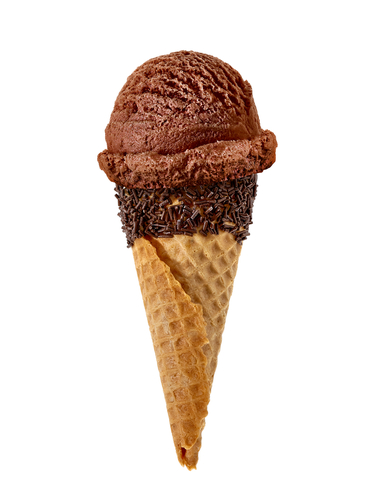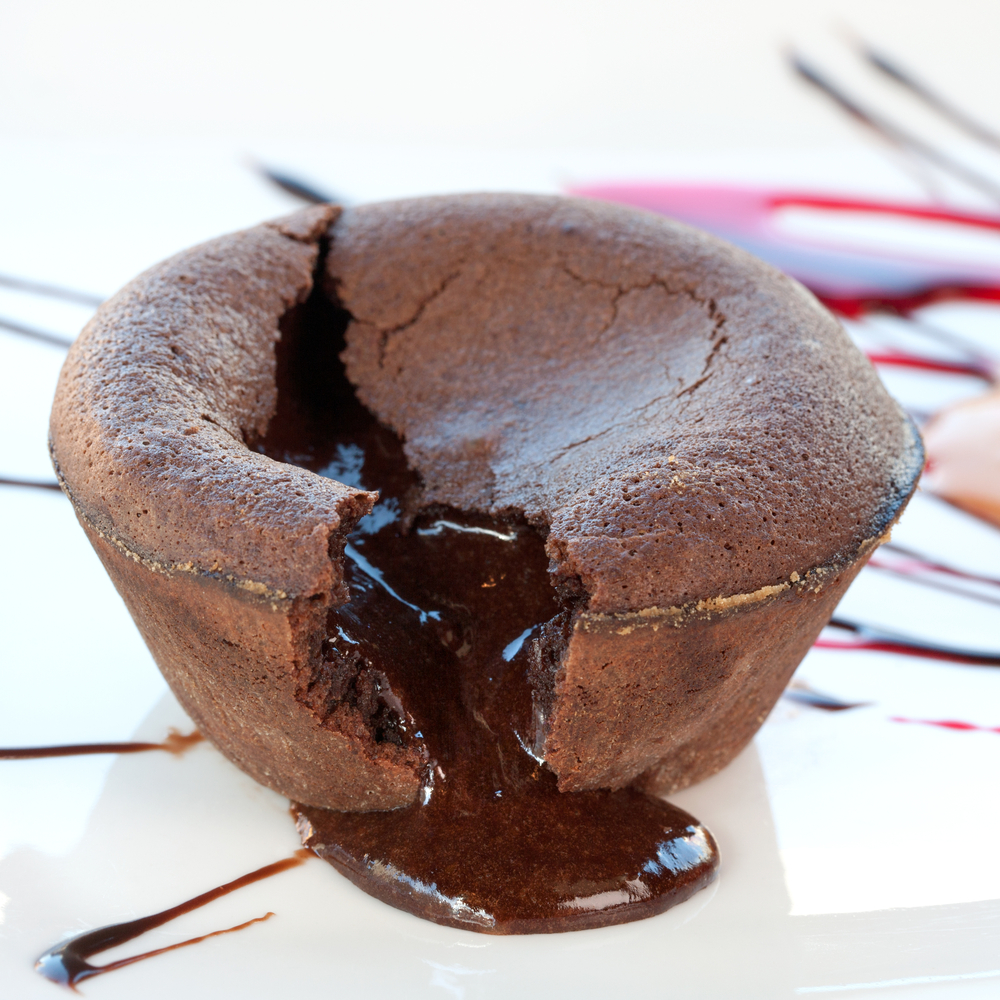The best way to make your writing clear and much easier to understand is to use punctuation.
We know that full stops and commas are super important and can help a reader make sense of our writing, but there is lots of other punctuation that can do a specific job in our sentences.
The colon and the semicolon.
We can use these to separate clauses. Semicolons separate two clauses that make sense on their own and are linked in meaning to each other.
Jo likes strawberry ice cream; Elli prefers chocolate flavour.

These sentences makes sense on their own, but the semicolon works like a conjunction (while or but would work in that sentence).
We can use colons to introduce an idea.
Jo knows there is only one good flavour of ice cream: strawberry.
Here, the colon is introducing the word 'strawberry'. The first part of the sentence makes sense on its own, but the second doesn't.

When we write a list, we use a colon at the start of that list, to introduce it and we use commas to separate the items.
There are three ice cream flavours to choose from: chocolate, strawberry and vanilla.
This colon and comma combination works perfectly to punctuate a simple list like this.

If we wanted to add in a slightly more detailed list, then rather than use commas to separate the items, we use semicolons.
There are several desserts to choose from: chocolate brownie, which is gluten free; blackberry crumble with ice cream or cream; and apple tart with custard.
We use semicolons to separate items in a list if they are made up of phrases or multiple words and if simply using commas would lead to confusion.
We use the semicolons to keep grouped items together and separate from other groups. In the example above, there are three separate groups which need to be kept apart. Although we could use commas, the semicolon makes it much easier to understand what goes with what.
Does that make sense?
In this activity, you will develop your skills in using colons and semicolons in lists so if you are ready, let's get started!







